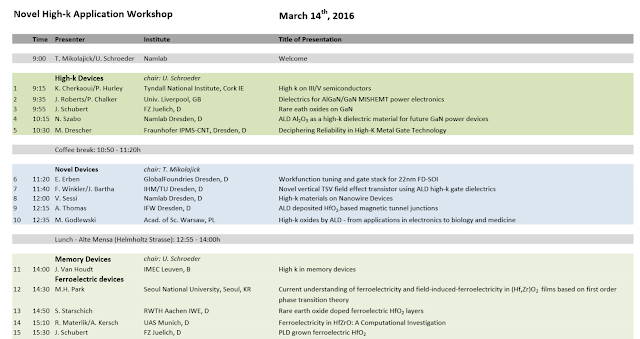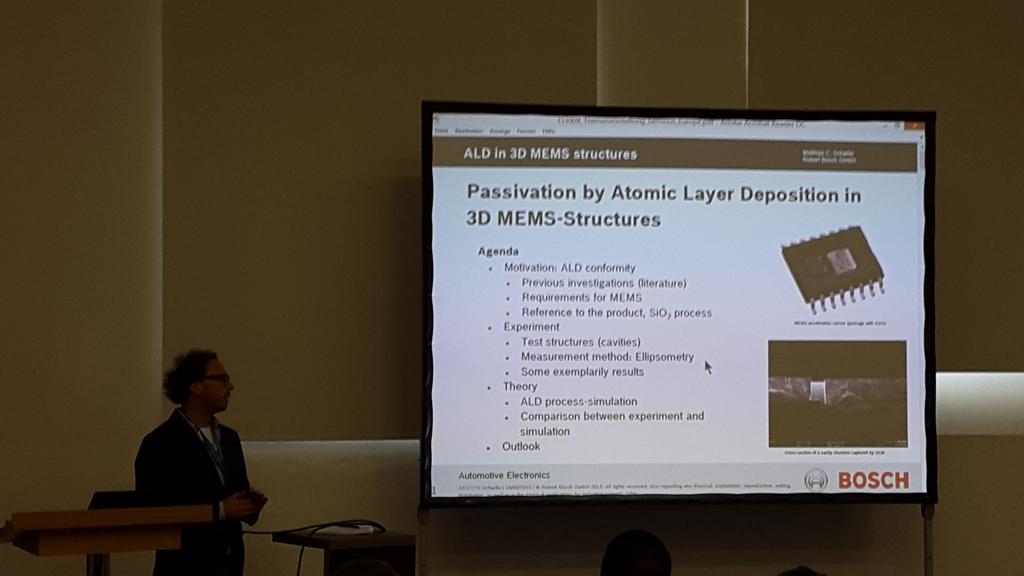SUNY Poly and GLOBALFOUNDRIES Announce New $500M R&D Program in Albany To Accelerate Next Generation Chip Technology. Arrival of Second Cutting Edge EUV Lithography Tool Launches New Patterning Center That Will Generate Over 100 New High Tech Jobs at SUNY Poly
“Today’s announcement is a direct result of Governor Cuomo’s innovation
driven economic development model. His strategic investments supporting
the state’s world class nanotechnology infrastructure and workforce have
made us uniquely suited to host the new APPC, which will enable the
continuation of Moore’s Law and unlock new capabilities and
opportunities for the entire semiconductor industry,” said Dr. Alain
Kaloyeros, President and CEO of SUNY Polytechnic Institute. “In
partnership with GLOBALFOUNDRIES, IBM and Tokyo Electron, we will
leverage our combined expertise and technological capabilities to meet
the critical needs of the industry and advance the introduction of this
complex technology.”
Press release from Globalfoundries: here



%20(1).png)












